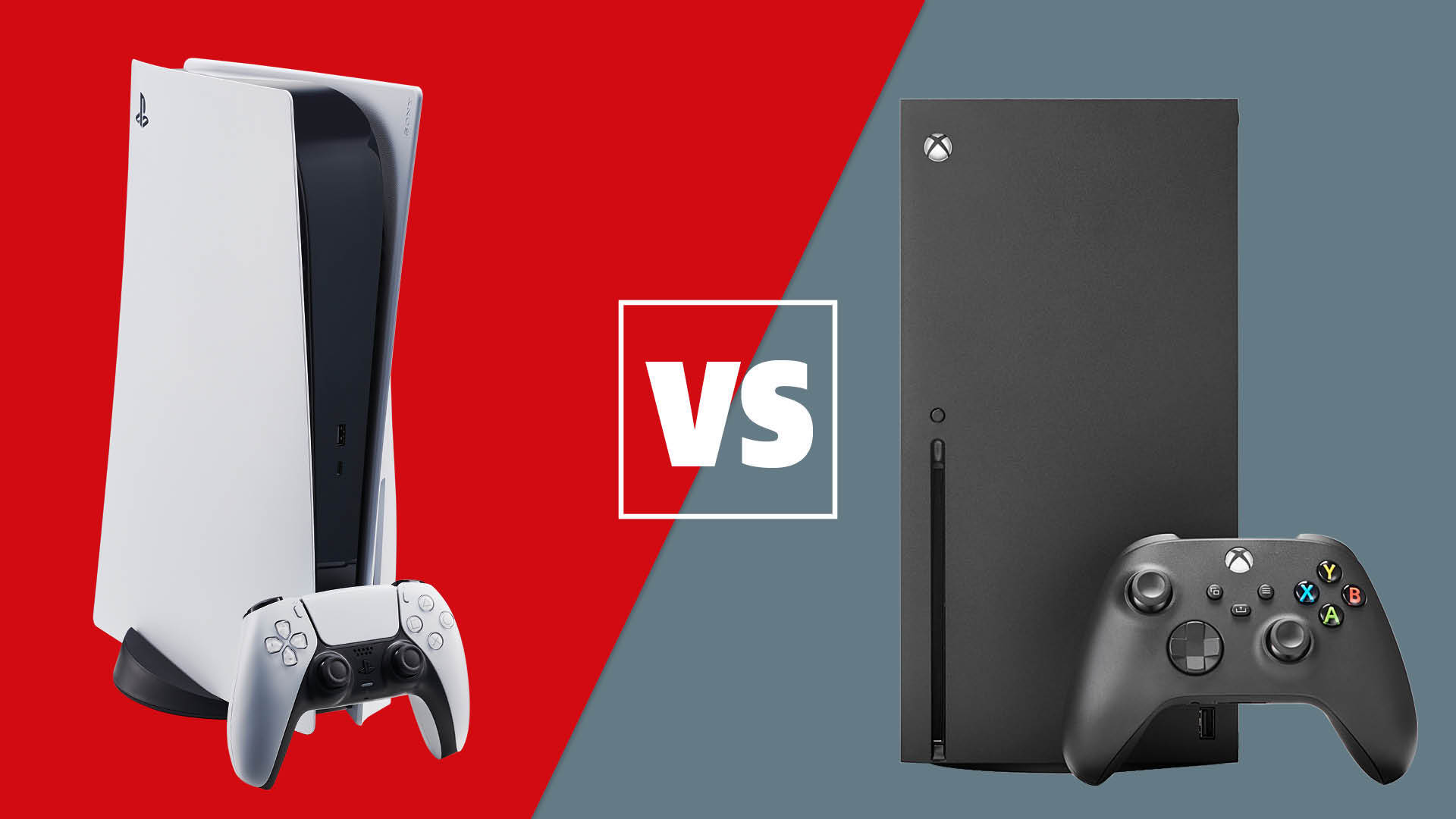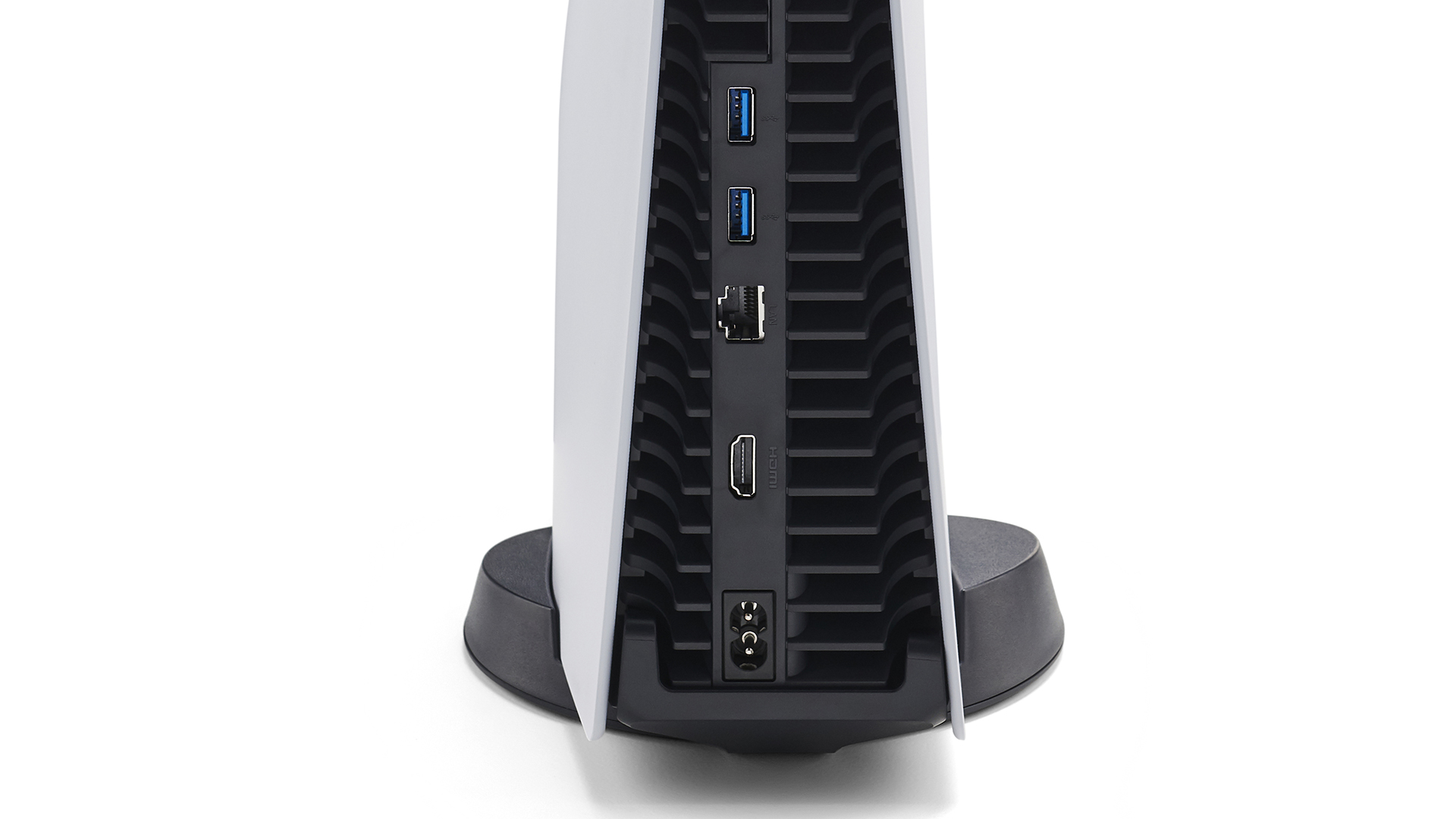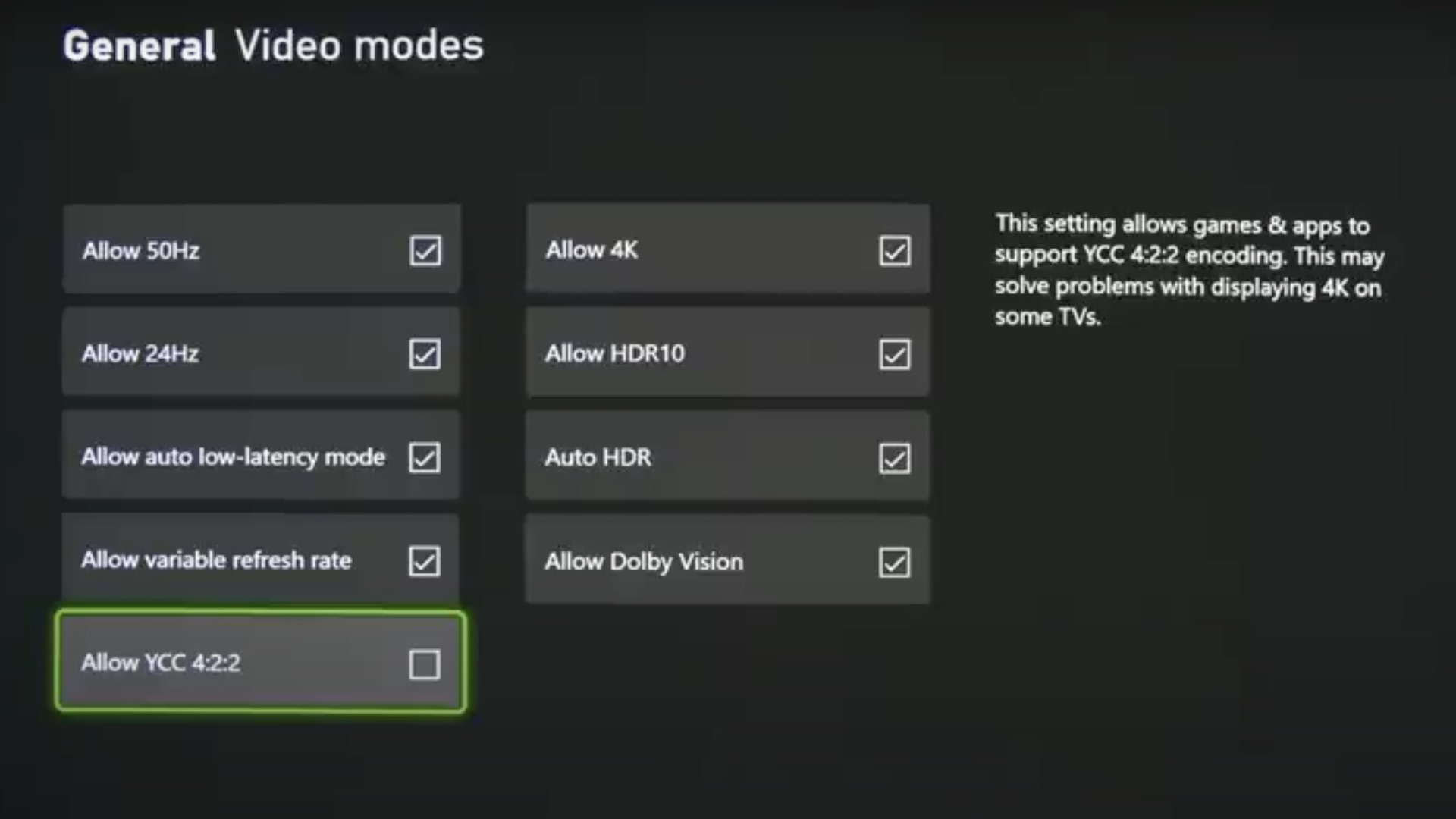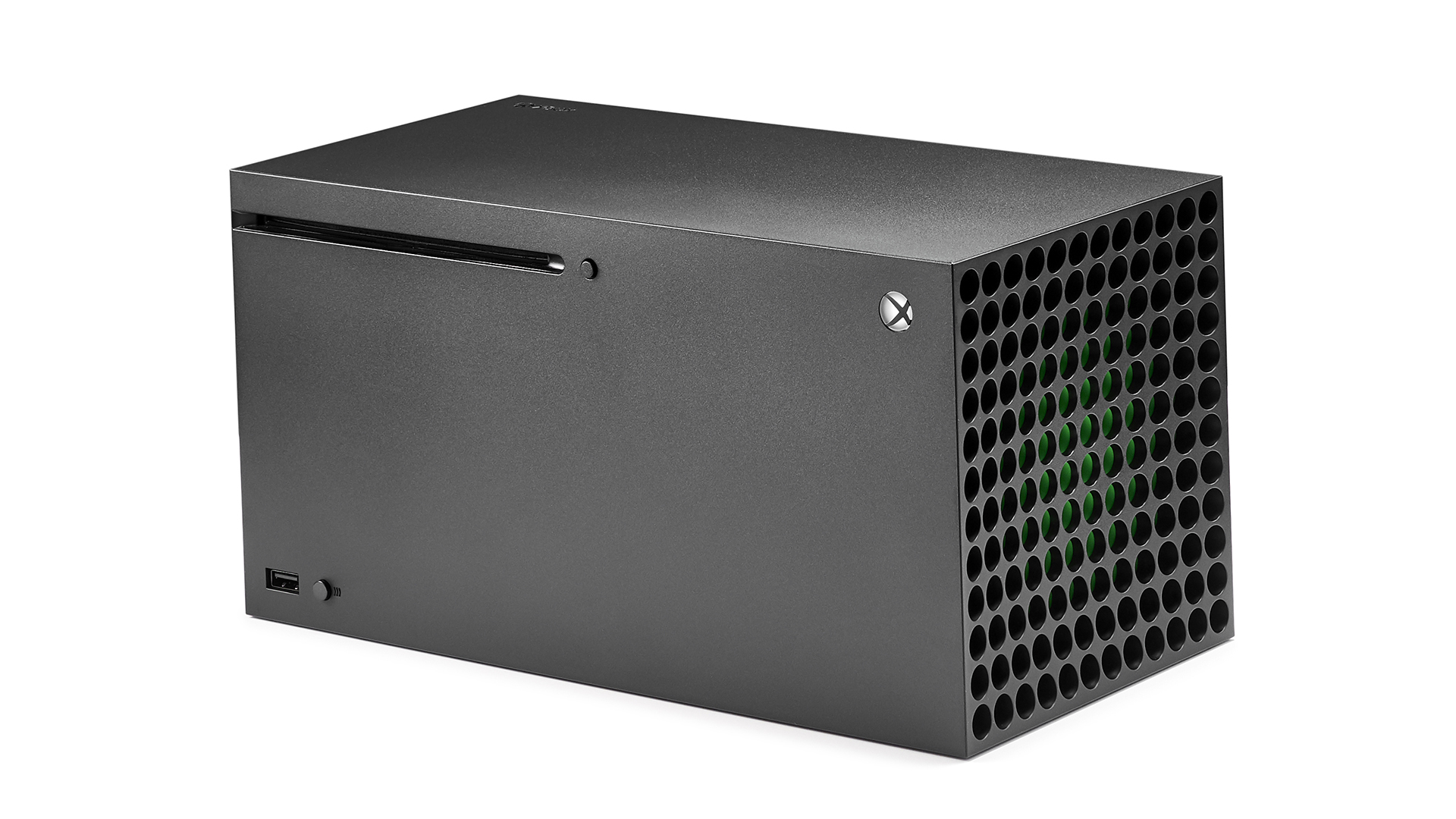Which is the best 4K Blu-ray player, PS5 or Xbox Series X?
Both consoles double as 4K Blu-ray players, but which deserves a space in your home cinema system?

We've spent over two years with Sony and Microsoft's latest consoles, and it's safe to say this generation has seen its ups and downs already. Whether its ongoing issues with supply or inflating prices of hardware and software, the Xbox Series X and PS5 have both faced adversity during their respective launches. However, the main priority with this comparison isn't technically these devices prowess as gaming consoles, but instead as Blu-ray players fo you home cinema.
While fans have understandably been focused on games since the two new consoles came out, both the Xbox Series X and the premium PS5 model carry built-in 4K Blu-ray players. This means that between them, the new consoles have massively increased the number of 4K Blu-ray players tucked under TVs across the world.
Users of previous generation consoles will know that while Xbox already supported 4K Blu-ray playback with the Xbox One S and Xbox One X, Sony frustratingly decided not to implement 4K Blu-ray support with the PS4 Pro. Thankfully, next-gen gamers from both console factions can breath a sigh of relief knowing that both this generation's Xbox and PlayStation have standardised 4K Blu-ray support - that's if you have a console with a disc drive, sorry Xbox Series S.
This is a big deal to anyone who, like us, cares about getting the best home entertainment experiences. The more 4K Blu-ray players there are out there, after all, the more UHD-BD discs will hopefully be sold. And the more UHD-BD discs are sold, the more confident film studios will feel about sticking with the latest and greatest physical media format even as they go about setting up their own streaming platforms.
The extent to which the PS5 and Xbox Series X might impact 4K Blu-ray’s fortunes will depend, though, on two things: just how aware owners are of their new consoles’ 4K movie disc drives, and how good those disc drives are.
The first of these we can’t really predict. Sales of 4K Blu-ray discs as a percentage of the wider movie disc market do seem to have slightly improved in recent months, but perhaps not by enough to say for sure that it’s down to a new console ‘bounce’.
We can, though, investigate how well the consoles perform as 4K movie players. Especially now that some initial technical issues (especially with the Series X) have been addressed by post-launch firmware updates. So how do they fare against standalone 4K Blu-ray players? And, more importantly, which of them is best at this specific job?
The latest hi-fi, home cinema and tech news, reviews, buying advice and deals, direct to your inbox.
- Check out the best PS5 deals
4K Blu-ray features

Neither the premium PS5 nor Xbox Series X can claim to have particularly richly featured 4K disc drives. Particularly disappointing is their lack of support for either of the ‘premium’ HDR formats – Dolby Vision and HDR10+.
These two formats allow compatible TVs to deliver better HDR pictures by providing extra scene by scene information you don’t get with the standard HDR10 format.
The lack of support from either console for the premium HDR formats won’t matter to you if your TV doesn’t support Dolby Vision or HDR10+. A growing number of TVs DO support at least one of these formats, though - and in some cases both. And most stand-alone 4K Blu-ray players now also support at least one of the premium HDR formats.
Series X fans are holding out hope that the Dolby Vision support the console now carries for some streaming apps and gaming might eventually be extended to the 4K Blu-ray drive. Microsoft, though, has so far pointedly neglected to mention this as something in its feature pipeline.
There’s no support on either console’s 4K Blu-ray player, either, for 3D discs, SACDs (Super Audio CDs), or DVD Audio discs, though it’s unlikely that too many people will be overwhelmingly upset by any of those omissions. You do get playback of standard Blu-rays and DVDs on top of the 4K Blu-ray support, though, as well as CD support on the Series X. For some reason, Sony continues to ignore CD playback on its consoles.
*Winner* Xbox Series X
4K Blu-ray audio format support

Both consoles support playback of all the audio formats currently found on 4K Blu-rays, including the awesome Dolby Atmos and DTS:X systems. Both consoles can be a bit fiddly to set up for these premium audio formats, though.
On the PS5, you need to enter the options menu while a Blu-ray disc is playing; there are other audio output options in the main settings menu, but this appears to be focused on gaming audio. Instead, press the "options" button on the PS5 remote, click the three dots, then click settings, navigate to audio formats, and then select Bitstream.
On the Xbox, you need to use the Dolby and DTS apps, making sure that you have Pass Audio To Receiver selected in the Atmos app if you’re using an external Dolby Atmos soundbar or AV receiver. Bear in mind that Dolby Atmos headphone support on the Xbox, if you don’t want to use a separates-based Atmos audio system, requires you to pay a one-off subscription fee.
One odd issue experienced with the Xbox Series X is the console’s unwillingness to play DTS soundtracks into TVs that don’t have DTS decoding. It throws up an error message in such circumstances saying you need to turn Pass To Receiver off. The vast majority of 4K Blu-ray players, by comparison, simply downgrade the sound it outputs to something the TV can handle, without any manual intervention required.
*Winner* PS5
4K Blu-ray picture performance

Running against a range of standalone 4K Blu-ray players from Oppo, Panasonic and Sony that cover a wide variety of price points, neither the PS5 nor the Xbox Series X give a particularly stellar account of themselves where picture quality is concerned.
For starters, players that support HDR10+, or particularly Dolby Vision, instantly prove the worth of these formats on compatible TVs. Both types of ‘active’ HDR content enjoy noticeably better dynamics and slightly richer but also more natural looking colours on compatible displays than the standard HDR10 feeds the consoles can provide.
Even with standard HDR10 discs, though, almost all of the standalone players - even a £169 Panasonic DP-UB450EB - outperform both new consoles overall, typically enjoying greater sharpness and detail, less noise, and marginally more refined and balanced colours.
One of the consoles does at least outgun the UB450EB in one or two areas, though, as well as, more importantly for the purposes of this article, comfortably outperforming its great console rival. And that console is the PS5.
The PS5’s player most clearly makes its mark over its Xbox rival when it comes to sharpness. Crisp 4K transfers enjoy more clarity and detail on Sony’s device, putting more clear blue water between the picture quality of HD and 4K Blu-ray than the Series X does. The extra sharpness also makes the PS5’s 4K Blu-ray pictures look more three-dimensional.
The Series X’s 4K Blu-ray pictures do still look 4K, to be clear. But there’s an extra level of clarity with the PS5 that’s easily visible with the naked eye.

Sticking with resolution, the PS5 also does a much better job of upscaling standard, 1080p Blu-rays to 4K than the Xbox Series X. The Series X’s upscaled pictures look softer and more artificial than those of the PS5. They’re noisier, too - as if the Xbox’s processing isn’t as clever about spotting the difference between noise and ‘real’ picture information in low-resolution sources.
In fact, while you can quite happily leave the PS5 to do the upscaling of HD Blu-rays and DVDs, if you have a good quality 4K TV you might find you get better results with a Series X if you set the console to output 1080p when watching HD Blu-rays, so that your TV is left to do the 4K upscaling instead.
The Series X doesn’t just exhibit more video noise than the PS5 with upscaled images, either. Its 4K images tend to look a little ‘rougher’ too, with slightly more dot crawl in areas of fine detail or subtle colour blends; a more jagged look to some curved or very thin lines; and even some faint but occasionally noticeable horizontal line structure over certain types of image elements - especially clouds and thin horizontal lines.
The PS5 suffers with some colour noise too - more so than any of the standalone players we tested the consoles against. But overall its images are cleaner and more immersive than those of its console rival.
The PS5 also holds an advantage - albeit a very small one this time - with motion when playing 24fps 4K Blu-ray films. While the Series X handles motion much more consistently well than the One X does, just occasionally there’s a slightly laboured look to the judder. Whereas the PS5 maintains a slightly more consistently cinematic look.
- Our pick of the best PS5 games 2021
Neither the PS5 nor the Xbox Series X run as quietly when playing 4K Blu-ray films as the vast majority of stand-alone players do, and the Xbox is definitely the noisier of the two. The noise made by both disc drives and cooling fans is typically smooth enough to let you tune it out pretty well, particularly from the other side of the room, but you’re more likely to hear the Xbox during very quiet scenes than you are the PS5. It’s also worth noting that the Xbox often produces extra, short-lived audible buzz when skipping chapters or fast-forwarding/rewinding.
The Series X holds its own against the PS5 when it comes to colour balance and naturalism. At launch the Series X suffered with a pretty severe raised brightness issue that affected both its colour and contrast with 4K Blu-ray playback. This was swiftly fixed by a firmware update, though, and now the Series X is at least as good as the PS5 where contrast is concerned. In fact, the PS5 very (very!) occasionally exhibits a touch of instability in extremely dark scenes when running on some high-contrast OLED TVs that the Xbox now does not. But this really is a rare issue indeed.
*Winner* PS5
4K Blu-ray sound quality

Once you’ve figured out how to get them outputting Dolby Atmos and DTS:X soundtracks from 4K Blu-rays that carry them (and most do carry one or the other these days), both consoles perform reasonably well sonically, albeit not as well as a standalone Blu-ray player.
Spinning up the bombing-run scene of Unbroken via Blu-ray, it turns out that the PS5 can do a very good job of Dolby Atmos soundtracks when given the chance (remember; it only supports Dolby Atmos when playing Blu-rays). It doesn’t quite have the crispness or dynamic punch of a dedicated player, but the console produces a muscular, room-filling sound with good clarity and well-placed sound effects.
For a games console, the Series X is very capable, too. It’s not quite as precise or weighty as the PS5, but it does get to the core of a soundtrack, delivering it with reasonably impressive clarity, solidity and atmosphere. Play an Atmos-enabled film, such as 1917, and the console delivers a great sense of place, filling the room with effects that sweep across the soundstage as the action unfolds.
That said, if you once again compare the Series X to the Sony UBP-X700 Blu-ray player, it’s clear that the latter is a sonic step-up in just about every way. As Lance Corporal Schofield makes his mad dash through the enemy-infested streets in 1917, the Sony’s added punch, detail, precision and dynamic expression combine for a more intense and engaging experience.
You probably wouldn’t want to use either the PS5 nor the Series X as serious music players; don’t forget that the PS5 doesn’t even play CDs. For movie soundtracks, though, while neither console is as capable as a standalone 4K Blu-ray player, both are perfectly decent in their own right.
*Winner* Draw
4K Blu-ray verdict
Neither of the latest Sony and Microsoft consoles are exactly great as 4K Blu-ray movie players. They both come up short versus even some very affordable standalone players in both feature and performance terms.
That said, both consoles give you at least some of the picture quality advantages that the UHD Blu-ray format’s technology is renowned for; native 4K resolution and, especially, high dynamic range. Some may argue that this is fair enough for products that are built first and foremost as games consoles rather than home cinema sources.
If you are as into home cinema as you are gaming, though, and you don’t want to invest in a separate standalone 4K Blu-ray player, then the disc drive-carrying PS5’s movie spinning skills comfortably outperform those of its Microsoft rival.
*Overall winner* PS5
MORE:
Check out our PS5 v Xbox Series X comparison
Read our Xbox Series X review
Here are the best Xbox Series X deals
Check out our round-up of the Best Gaming TVs 2021
John Archer has written about TVs, projectors and other AV gear for, terrifyingly, nearly 30 years. Having started out with a brief but fun stint at Amiga Action magazine and then another brief, rather less fun stint working for Hansard in the Houses Of Parliament, he finally got into writing about AV kit properly at What Video and Home Cinema Choice magazines, eventually becoming Deputy Editor at the latter, before going freelance. As a freelancer John has covered AV technology for just about every tech magazine and website going, including Forbes, T3, TechRadar and Trusted Reviews. When not testing AV gear, John can usually be found gaming far more than is healthy for a middle-aged man, or at the gym trying and failing to make up for the amount of time he spends staring at screens.
